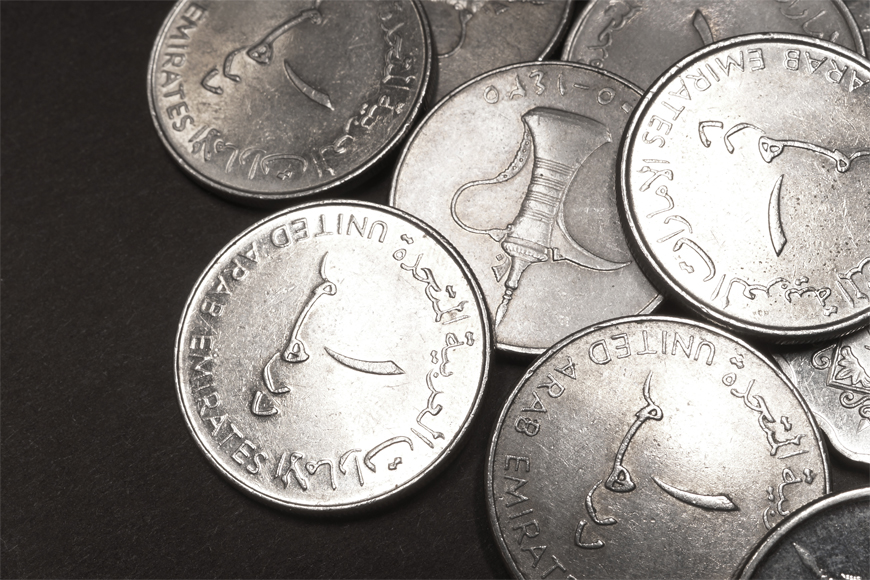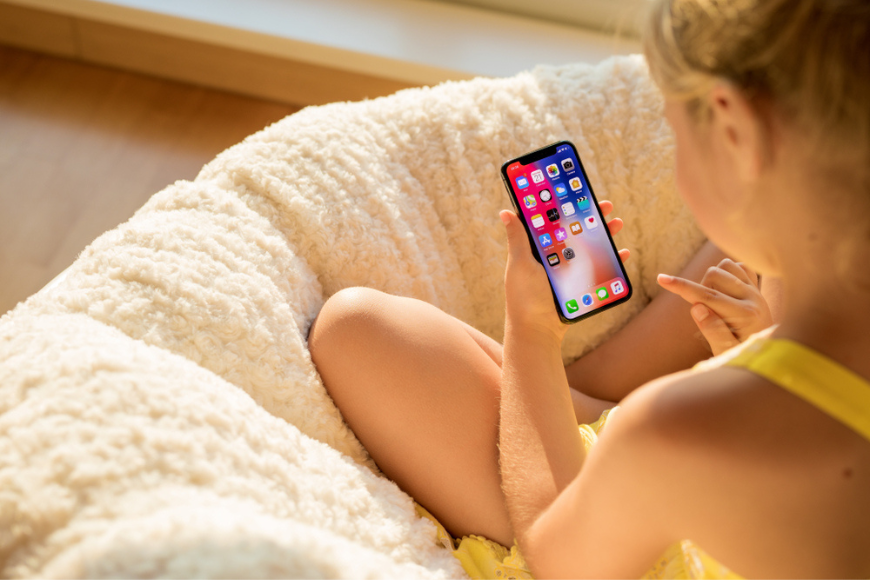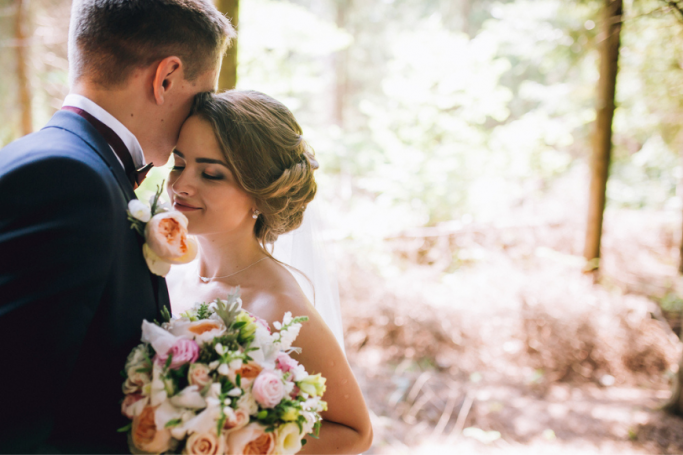This often overlooked metallic monetary coin holds an important significance to UAE’s history...
7 October 2018
| Last updated on 10 December 2018
With Apple pay, credit cards, debit cards and bitcoin, it seems as if the UAE dirham is slowly losing significance to residents in the country.
However, this small and almost weightless metallic coin was an integral part of UAE’s history and identity in the region – it helped build the UAE economy.
The UAE was founded in 1971 and now has the second largest economy in the Gulf region – while the country was reliant on oil, the economic shift has driven the UAE to sustain the economy through business ventures, investments, tourism and more.
And is now considered to be a part of the top 15 safest economies to do business with due to the UAE’s stable economy and future progression.
But with economic and technological advancements, one shouldn’t forget one of the main monetary options in the UAE – the Dirham once had major economic value, but now has a more important historic value.
Here are 14 things you probably didn’t know about the UAE dirham.
1. Coins were preferred
Historically, traders in the region preferred to use metal coins as money because paper did not typically last in the hot climates found in the Gulf.
But with time, traders found that it was harder to carry around heavy metals and it was during the 1930s that the first UAE paper money was traded.
2. A one dirham paper note existed
This may come as a surprise to everyone living in the UAE as one dirham has always been a metal coin in their eyes, however, a one dirham paper note was issued in the past.
3. The dirham was pegged to the dollar
The UAE first became a member of the International Monetary Fund back in 1972 – but it wasn’t until 1993 that the Emirates dirham entered the currency trading market and was pegged to the US dollar.
4. Morocco also uses “dirham”
The UAE and Morocco are the only two nations in the world to use the term dirham as their currency.
5. Derived from a Greek word
Dirham might sound like a random phrase to use as a currency but it actually has Greek origins – it is derived from the word Drachmae, which means handful.
6. 1 dirham is 100 fils
To break down the value of one dirham would be the equivalence of 100 fils – this was important for the Bedouin traders who needed smaller money values for trading transactions.
7. Other denotations of the dirham
If you’ve lived in the UAE long enough, you’ve probably witnessed the many denotations to refer to a dirham in the UAE.
Residents of the country can use the following: DH, Dhs or AED in reference to dirhams. But AED is usually regarded as the standard denotation.
8. Paper dirhams
Once the paper form of dirhams was issued for larger transactions, the UAE Central Bank made banknotes of AED 10, 20, 100, 200, 500 and 1,000.
The AED 50 banknote was issued some time afterwards.
9. Falcon watermark
To make sure that no forgeries were occurring with UAE banknotes, a principal security measure was issued to prevent copies or fakes – all AED banknotes have a falcon watermark printed on them.
10. Same size as a peso
The UAE one dirham is the same size as Philippine’s one peso.
And in 2006, this was used in a string of vending machine frauds where residents would use one peso instead of one dirham – one peso is equal to eight fils instead of 100 fils.
11. One dirham worth
In history, one dirham was worth more than five times the value it holds in the UAE culture today – you could buy a whole meal with one dirham back then.
And while it may not buy you a whole meal today, you can still buy a Karak chai or a simple cone ice cream for one dirham.
12. The dirham is 45 years old
Older than most of the younger generations in the UAE, the dirham is now 45 years old.
13. It was designed and printed in London
The first ever design of the dirham and banknotes were designed in the London and then transferred to the Abu Dhabi National Bank with strict supervision.
14. The UAE used different currencies
Before the introduction of the dirham into the country, the seven emirates used different currencies as a method of payment - Abu Dhabi used the Bahraini dinar, while other emirates used the Indian rupee.




.png?itok=HBSyMDok)









































































.png)


























.png?itok=0fOAXkOm)

























.png?itok=EH_x0Pha)
